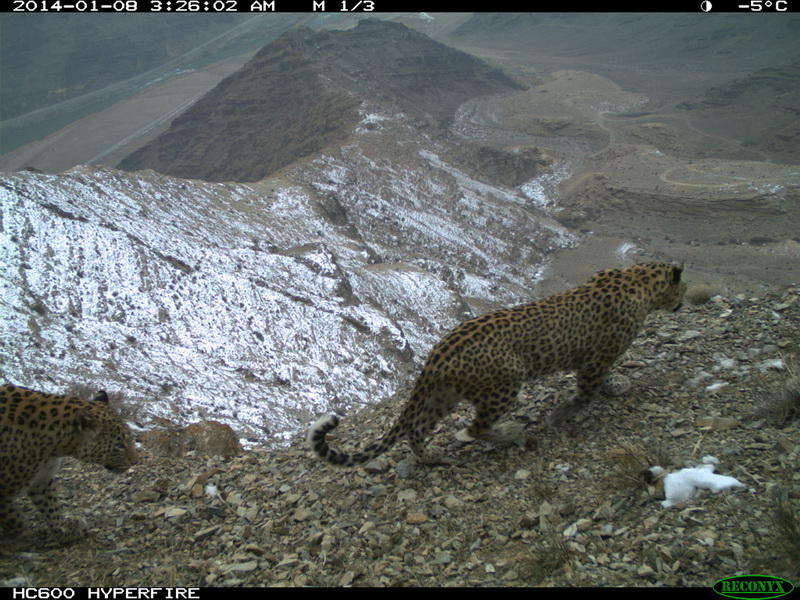Azerbaijan intensifies support for protecting indigenous leopards

By Amina Nazarli
The irresponsible attitude of some people towards the environment in Azerbaijan is forcing some organizations think increasingly about the protection of biodiversity in the motherland.
In a recent incident, where a 20-year-old Azerbaijani male killed an endangered leopard for its skin, has caused concern for many animal rights advocates.
The working group involving specialists from International Dialogue for Environmental Action, the Ecology and Natural Resources Ministry and representatives of the World Wildlife Fund to the country have prepared a plan on “Restoration of leopards population in Azerbaijan” based on a report by the London Zoological Society.
Within the plan, a quarantine center for breeding leopards is planned for construction, which would help reintroduce the breed to the wild. Currently, international experts are conducting the preliminary research, and over the next year the project is expected to be up and running after technical issues are addressed.
IDEA operates with a special focus on the protection and enrichment of the biodiversity of Azerbaijan and the wider region in order to preserve the beauty and richness of nature for future generations.
Initiated by the Vice President of the Heydar Aliyev Foundation and the Founder and Head of IDEA, Leyla Aliyeva, the "Big Five" program founded in 2012 covers the protection of five endangered species of Caucasus fauna including bears, wolves, gazelle, eagles and leopards.
Leopards are among the rarest and most endangered animals in the
world. Azerbaijan is one of the few countries that is a home of
this endangered breed. The number of Caucasian leopards is around
25 in the southwestern part of the Caucasus region, on the border
of Azerbaijan and Iran.
As part of the “Protection of Leopards” project, IDEA jointly with
local and international organizations, hold various events aimed at
public education, including summer camps, scientific seminars and
workshops for students, as well as youth competitions.
Along with the protection of endangered animal species, IDEA plans to reintroduce aurochs – wiped out about 100 years ago – back into nature. Aurochs once inhabited the Greater Caucasus.
IDEA and WWF have also prepared an action plan on the reintroduction of bison. International experts believe that the best place for this is in Shahdag Park, located in the Ismayilli region, where they plan to establish a Center for Breeding Bison.
To ensure the success of the project, organizers will periodically consult with the American Association of Prairies, which has vast experience in this field.
Azerbaijan is one of those lucky regions where gazelles dwell. Their fossils are found in the South Caucasus dating back to the upper Miocene period about 2 million years ago. However, they had begun to disappear from Azerbaijani lands over time.
Earlier, some 150 gazelles were returned to their historical territories in Azerbaijan and Georgia thanks to the IDEA campaign. According to the latest monitoring, the gazelles could adapt successfully to both countries.
--
Amina Nazarli is AzerNews’ staff journalist, follow her on Twitter: @amina_nazarli
Follow us on Twitter @AzerNewsAz
Here we are to serve you with news right now. It does not cost much, but worth your attention.
Choose to support open, independent, quality journalism and subscribe on a monthly basis.
By subscribing to our online newspaper, you can have full digital access to all news, analysis, and much more.
You can also follow AzerNEWS on Twitter @AzerNewsAz or Facebook @AzerNewsNewspaper
Thank you!
